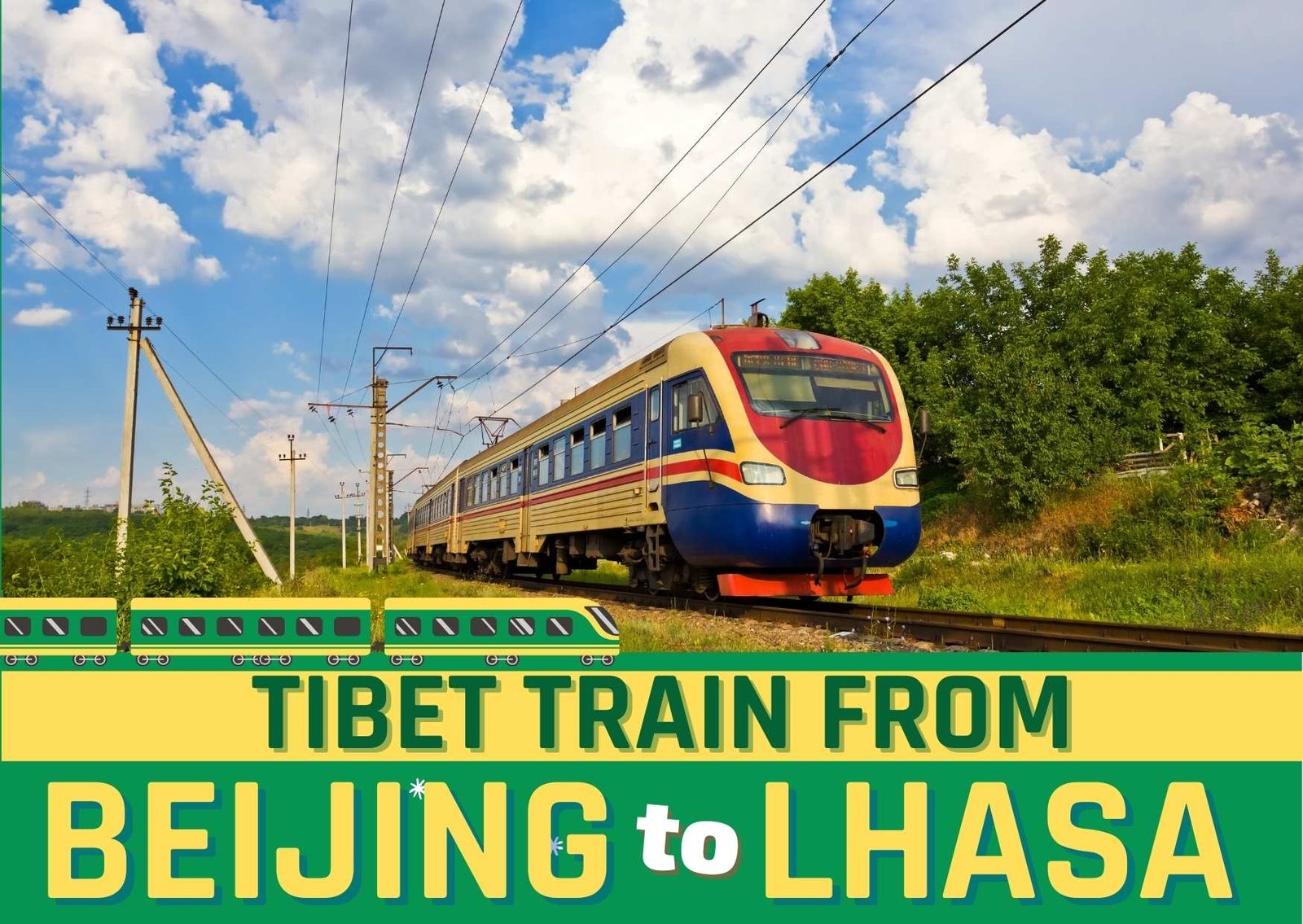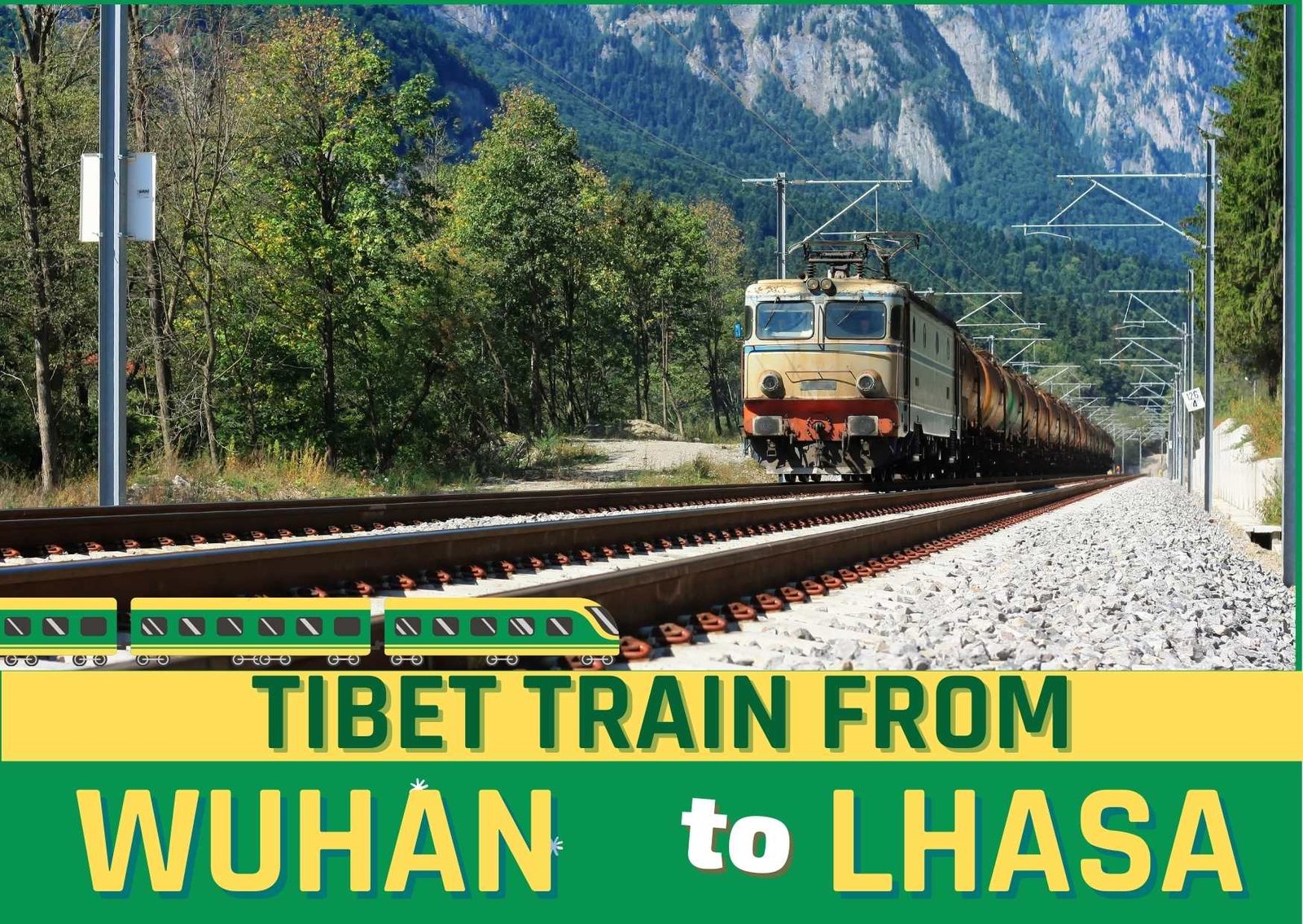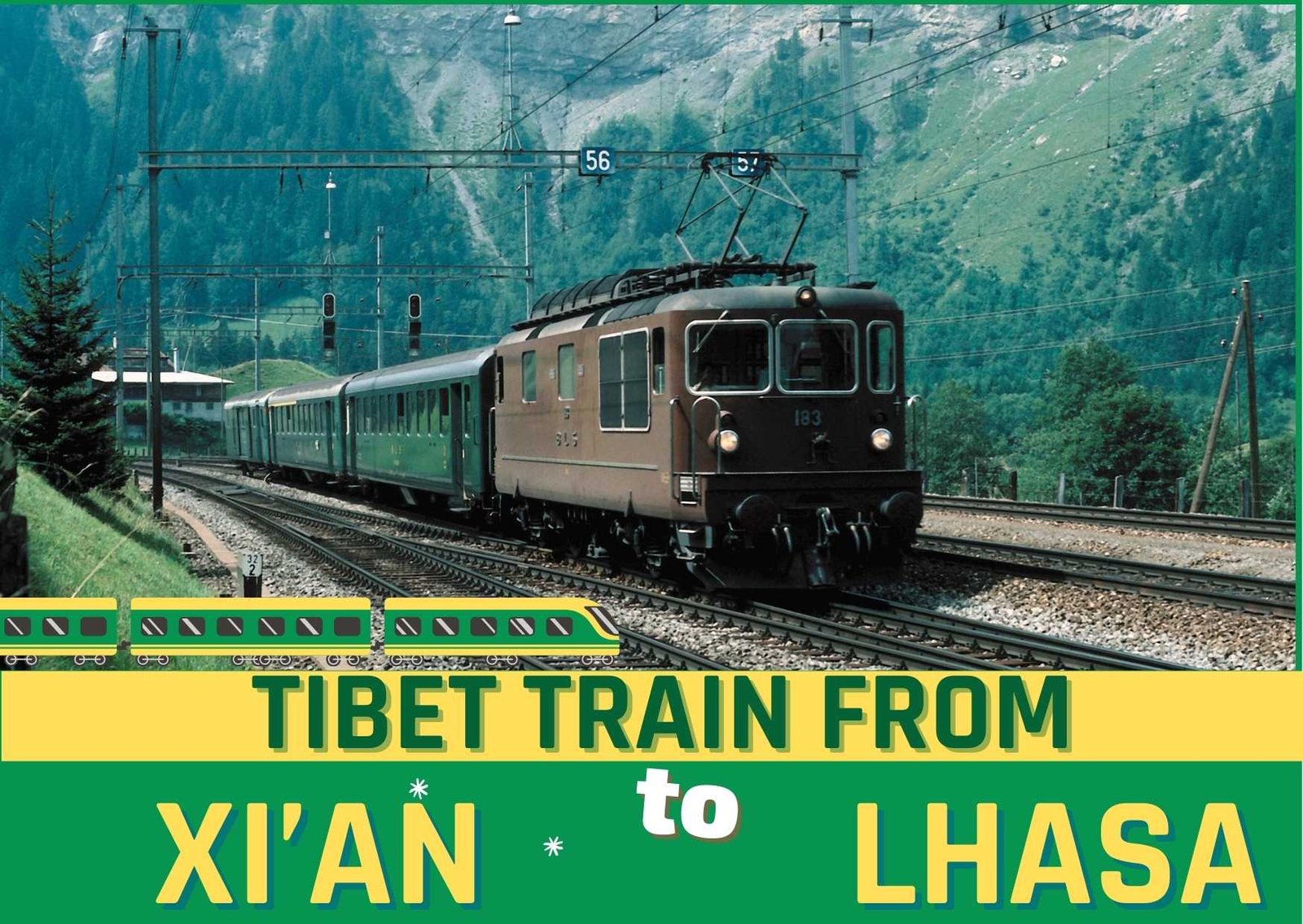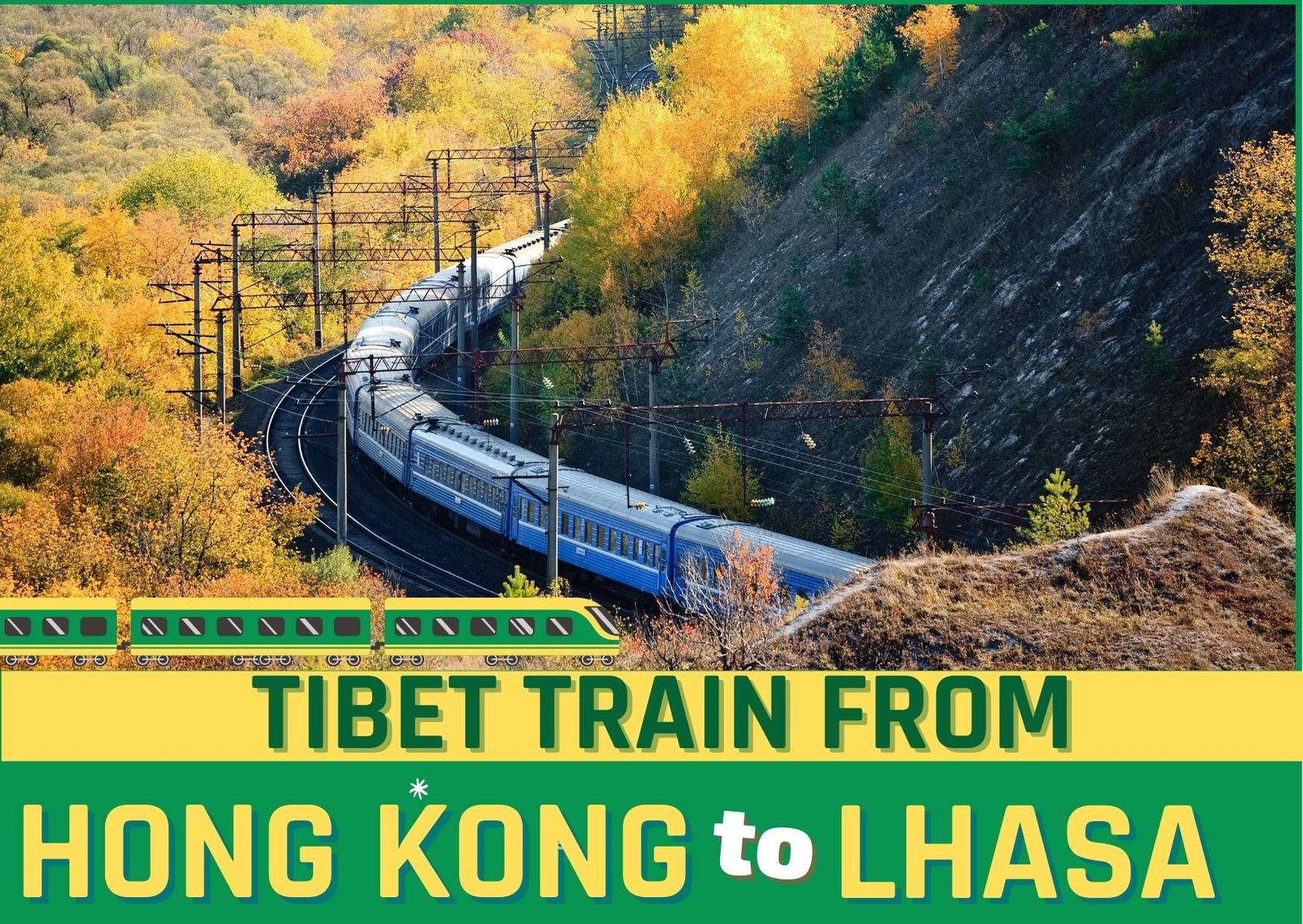Food inside Tibet Trains
Each Tibet train is equipped with a general cookhouse next to the first-class soft-berth sleeper, offering passengers three meals daily. Additionally, a dining room is available for those who wish to admire the breathtaking scenery outside the train window while enjoying their meals. During non-meal service hours, a purchase of either a beer or a cup of tea is required to occupy a seat in the dining room; otherwise, passengers will be asked to return to their compartments. The food on the train is considerably more expensive than in regular cities, but the quality does not match its price.
Daily foods inside Trains
Passengers aboard Tibet Trains can enjoy a nutritious breakfast consisting of pickles, eggs, bread, and milk for just 10CNY per serving. Noodle enthusiasts have a variety of options to choose from, including Snow Vegetable Noodles, Beef Noodles, and Steak Noodle. Tibetan cuisine is particularly popular among passengers.
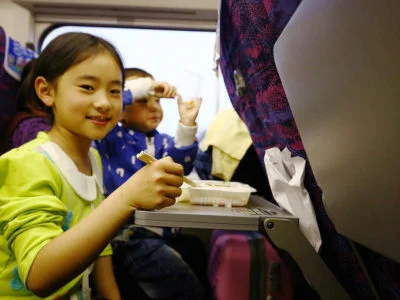
Food cart and trolley
In addition, each train car is equipped with a handling cart that carries Chinese-style food such as fried pork and vegetables, typically priced at 20RMB per serving. Since the dining car tends to be busy during meal times, train attendants regularly push the meal cart throughout the train. A lunch or dinner package, consisting of three Chinese-style dishes, will cost approximately 20 CNY. The food available on Tibet Trains is predominantly Chinese-style but slightly more expensive.
What Local people eat inside Trains
Most Chinese passengers prefer to bring their own food and eat in their carriages. It’s common to see Chinese passengers carrying an extra plastic bag filled with instant noodle cups, fruits, bottled water, and snacks. Chinese travellers find the onboard meals expensive and unappetizing, as the prices for drinks, snacks, and fruits are significantly higher. Boiled water is readily available for free in each carriage, making instant noodle cups a popular choice for most Chinese rail travellers, despite being considered unhealthy fast food. Additionally, sunflower seeds and peanuts are popular among locals as a way to pass the time.
Suggestions for Foreign Passengers
- Only bring bottled water or a bottle for short-distance trips.
- If travelling at mealtime, bring snacks and have a meal at your destination.
- If dining in the car, go early due to mealtime crowds.
- Instant rice and noodles are recommended train food if bringing your own.
- Sandwiches, bread, milk, eggs, and fruits are good choices for those unaccustomed to Chinese dishes. Many railway stations have fast food chains (KFC, McDonald’s, Subway) where you can purchase items before boarding. Fresh fruits are popular for energy. Railway attendants also sell packed fresh fruits.
- Avoid overeating and hard-to-digest food, especially on long trips. Limited movement slows digestion. Carry hand sanitiser and wash your hands before eating.
- Bring a bottle that can hold hot water. Some foreigners may not be used to Chinese water, but boiled water is better than cold bottled water for long trips.
- If interested, try local food from the platform. Specific items available at certain stations are listed below for your information.
| Lanzhou | Hand-pulled Noodles with Beef | Xian | Marinated Meat in Baked Bun (Rou Jia mo) |
|---|---|---|---|
| Tangshan | fried chestnuts | Tianjin | Goubuli Steamed Stuffed Buns |
| Fuzhou | steamed dumpling | Guilin | rice noodles |
| Xiangyang | roast fish | Shangrao | braised chicken leg |
| Dezhou | braised chicken | Kumul | Hami melon |
| Wuxi | fried spare ribs | Litang | lotus roots soup |
| Zaozhuang | vegetable with pancake | Yongzhou | Stewed Ribs with Seaweeds |
| Jiaxing | Zongzi (pyramid-shaped dumplings made of glutinous rice and wrapped in bamboo or reed leaves) | Wuhan/Wuchang | braised duck neck, hot noodles with sesame paste, roast chicken, fried Wuchang fish |



